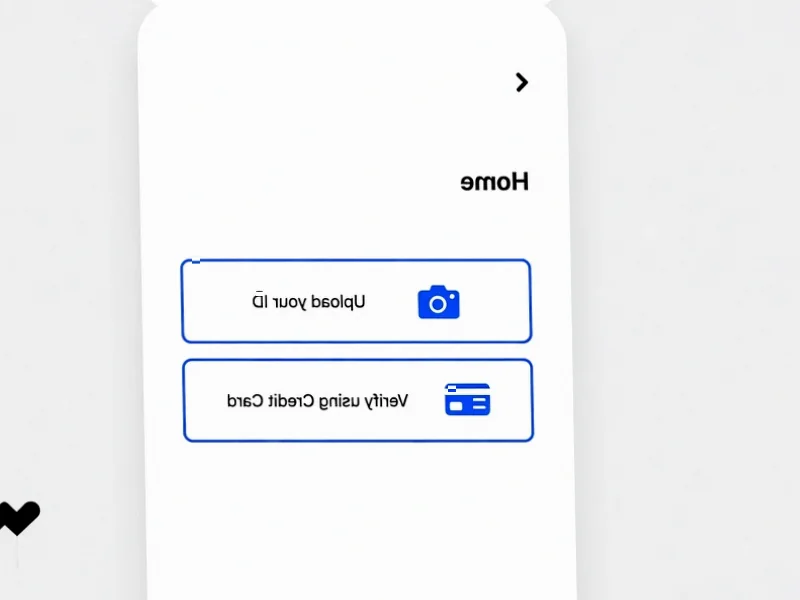According to ReadWrite, YouTube will strengthen enforcement of its community guidelines around online gambling and graphic violence starting mid-November. The platform is expanding its current policy, which already prohibits content directing viewers to uncertified gambling sites, to now cover gambling with digital goods including video game skins, cosmetics, and NFTs. Content depicting or promoting social casino sites will be age-restricted, along with a subset of violent gaming content featuring torture or mass violence against non-combatants. Existing videos uploaded before November 17, 2025 that violate these guidelines may be removed or age-restricted but won’t receive strikes, giving creators time to adapt using editing tools. This regulatory shift reflects YouTube’s effort to keep pace with evolving digital trends while maintaining platform safety.
Table of Contents
The Gray Economy of Digital Goods
The inclusion of video game skins and cosmetics represents YouTube’s recognition of a massive, often unregulated online gambling ecosystem that has flourished in gaming communities. These digital items, while technically virtual, often carry real-world monetary value through secondary markets and trading platforms. The gambling aspect emerges when creators use these items as stakes in games of chance or promote sites where users can gamble their digital possessions. This creates a regulatory gray area where traditional gambling laws don’t clearly apply, yet significant financial value changes hands. YouTube’s move acknowledges that the line between virtual and real-world value has become increasingly blurred in modern gaming economies.
The Creator Economy Reckoning
For gaming content creators, this policy change represents a significant adjustment to established content formats. Many successful channels have built audiences around “unboxing” digital items, case openings, and skin gambling content that now falls under scrutiny. The platform’s decision to grandfather existing content until November 2025 shows awareness of the economic impact on creators who’ve built businesses around these formats. However, the transition period also creates uncertainty about what constitutes acceptable content, particularly for creators operating in jurisdictions with varying gambling regulations. The company’s announcement provides general guidance but leaves room for interpretation that could lead to inconsistent enforcement.
Broader Platform Regulation Trends
YouTube’s move aligns with a broader industry trend where major platforms are increasingly taking responsibility for content that skirts traditional regulatory frameworks. Unlike regulated gambling operators that face strict licensing requirements and consumer protection measures, content platforms have historically avoided direct oversight of gambling-adjacent activities. This shift suggests that platforms like YouTube are preemptively addressing regulatory concerns before government intervention becomes inevitable. The inclusion of NFTs is particularly forward-looking, acknowledging that blockchain-based digital assets represent the next frontier in digital goods with monetary value that could be gambled.
The Technical Enforcement Challenge
Implementing these policies at scale presents significant technical challenges for YouTube’s moderation systems. Unlike traditional gambling content that might explicitly mention casino sites or show real money changing hands, digital goods gambling can be subtle and context-dependent. A video showing someone opening loot boxes could be entertainment or gambling depending on whether those items are subsequently traded for real value. The platform will need to develop sophisticated detection methods that understand context and intent, likely relying on a combination of AI moderation and human review. The inclusion of graphic violence restrictions alongside gambling content suggests YouTube is taking a comprehensive approach to potentially harmful content categories that have evolved beyond traditional definitions.
Market and Competitive Consequences
This policy shift will likely create ripple effects across the gaming and streaming ecosystems. Competing platforms may face pressure to implement similar restrictions, potentially creating a standardized approach to digital goods gambling across the industry. Game developers who’ve built business models around loot boxes and similar mechanics may need to reconsider their monetization strategies as platform policies evolve. Meanwhile, creators displaced by these changes may migrate to less restrictive platforms, though the November 2025 deadline gives ample time for adaptation. The long-term impact will depend on how consistently YouTube enforces these policies and whether they expand the definition of prohibited content further as new digital economy trends emerge.



